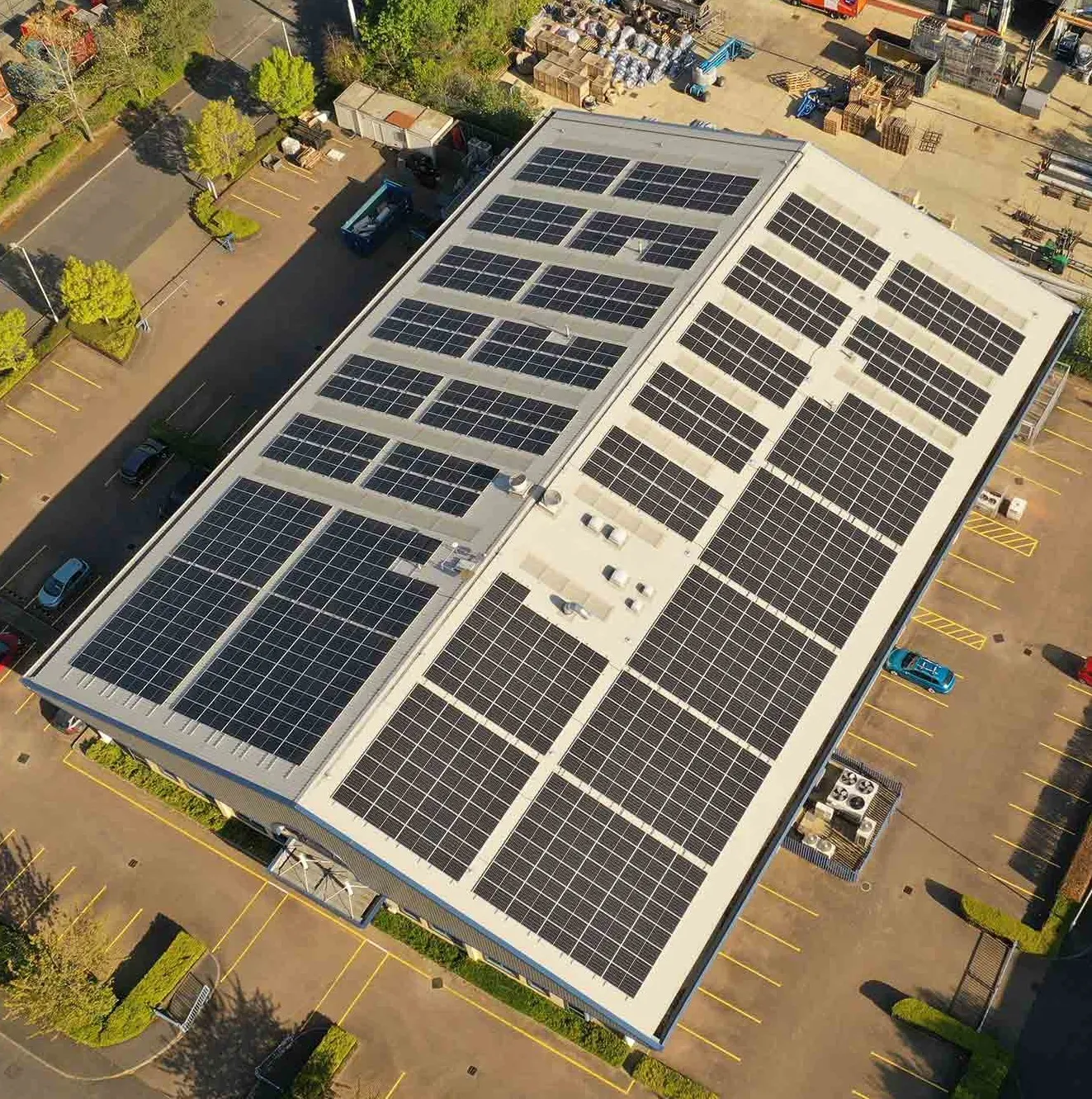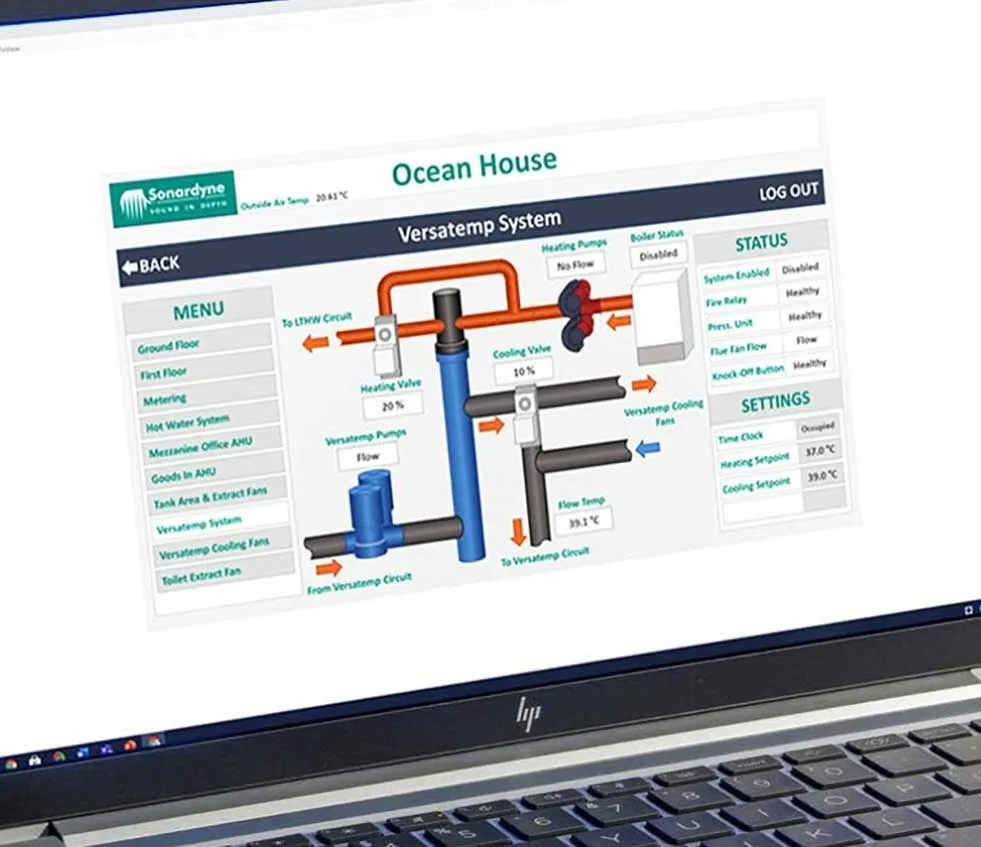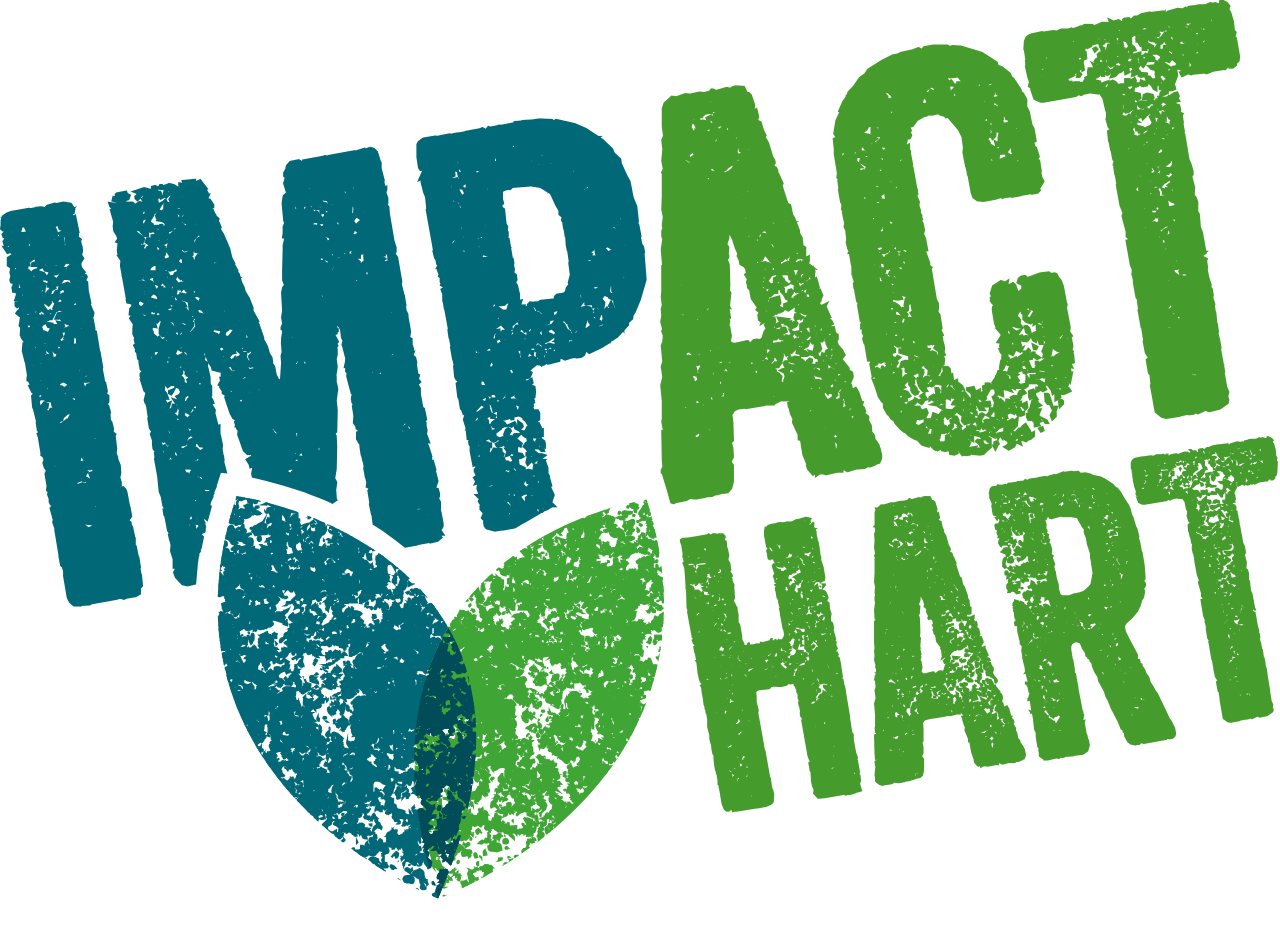
Yateley-based Sonardyne maps a path to carbon-neutral status
Plenty of businesses in Hart would like to reduce their carbon footprint but aren’t sure where to start.
They might follow the example of Yateley-based Sonardyne International, which is further down the path to carbon neutrality than most. It has a clear plan and is committed to becoming carbon neutral by the end of 2025. This involves eliminating, or offsetting, all its applicable carbon emissions.

The plan developed from the vision of founder John Partridge, who started the underwater acoustics company in 1971. He aimed to make working underwater safer, efficient and more sustainable.
Today, the most visible signs of the drive for sustainability are 1,300 solar panels at the company’s headquarters on Blackbushe Business Park. Installed in March 2020, they generate half a megawatt of electricity each year and save about 120 tonnes of carbon.
Installers estimated the panels would reduce Sonardyne’s annual electricity bill by about £50k. But that figure is out of date as energy prices have soared since 2020. “I’d say we’re saving something like 32% of our previous electricity costs,” says Carl Holland, Health, Safety and Environment Manager for Sonardyne.
The company hopes to install canopies fitted with solar panels in its car park.
These would generate more carbon-free energy while also protecting vehicles from the weather.
Solar panels are just part of the company’s plan to reduce its carbon footprint. In recent years the company has implemented a number of initiatives. They range from transition to LED lighting to installation of a sophisticated building management system, which controls all heating and cooling at its main sites. The latest investment has been in voltage stabilisation equipment. This stabilises the power supply into buildings, which ensures electrical plant runs at peak efficiency, thus reducing consumption and emissions.
The team have also been working through the three ‘Scopes’ of emissions as defined by the Greenhouse Gas (GHG) Protocol.
They have successfully calculated emissions of all applicable scopes and sub-categories for 2022. They developed and refined methodologies and calculation processes to enable this very complex activity to be a little less challenging going forward.
Sonardyne’s calculations found that its Scope 3 emissions, particularly in the purchased goods and services category, accounted for by far the most emissions generated by the company – about 8,000 tonnes of carbon dioxide equivalent. They have to be eliminated or offset through a certified offsetting programme.
The company has already begun offsetting carbon it can’t eliminate.
Sonardyne intends to get independent verification of carbon neutrality by being audited against the requirements of PAS 2060 in 2026 to cover 2025 emissions.
“I won’t pretend the PAS 2060 route is easy,” says Carl, “but it does give you a clear idea of what you need to do to become a carbon-neutral company. We’re now talking with businesses in our supply chain about how we can work with them to reduce their carbon emissions.”
It’s an ongoing process, but as Sonardyne continues to grow it can be confident its carbon footprint is shrinking with every passing year.


